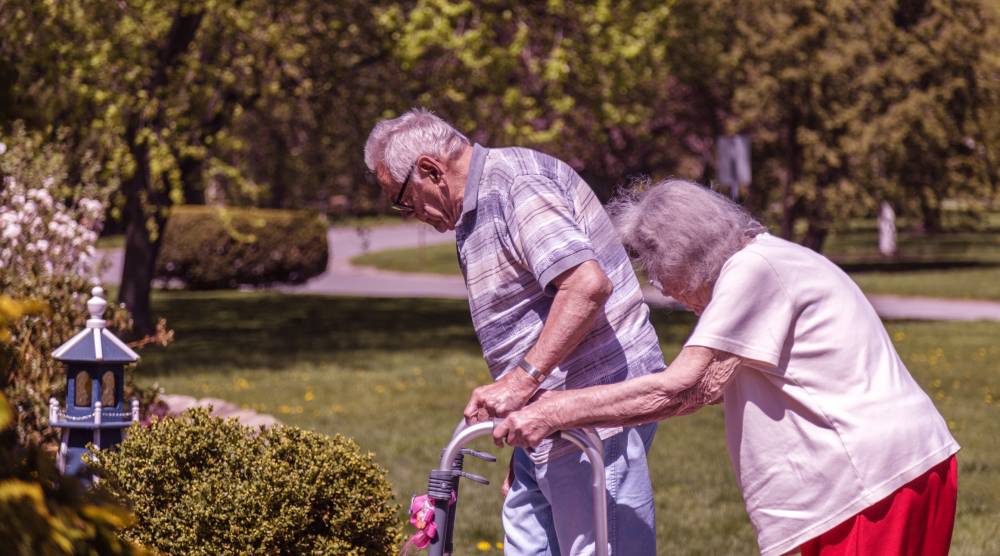
Just over two months ago, I wrote in Part One about my decision to get professional help to reverse the curve in my back. At that time I had a scheduled appointment, to follow three weeks of doing the recommended exercises, for my second visit to a local posture physiotherapist – whom I’d found through Google (remember back to the days when that would have been through the Yellow Pages?). And I was going to report back in HelloCare about how this venture was progressing.
As it turned out, however, there were a few glitches to this planned program, and some lessons learnt from them that I’d like to pass on too. So, on Visit One, I did mention the type of back trouble that I used to have until corrected by exercise, and the physio seemed to take that on board. And I got under way with the group of complicated posture exercises that I’d been given, after I got on top of them with the help of videos to augment my memory of the instructions given, demonstrated, and scribbled somewhat illegibly (it’s starting to seem to me that it’s not only doctors who have this problem with writing).
And I suddenly found that my old back problem was coming back. The main culprit, it seemed to me, was the use of a rolled-up towel as part of one of the floor exercises, so I eliminated that. But I also lost some confidence in the whole project, and in that physiotherapist. When I got to thinking about what to do, what made sense was to cancel my follow-up appointment with him, and to go back to my original back therapist for her advice.
With hindsight, I should have checked with her first, about her expertise with posture, since it turned out that that was also one of her specialties. And, with the original referral that she had from my GP, she was totally on top of the sorts of exercises that I should be doing. None of which were like the ones from my impulse-driven choice.
Instead, it was all about how to stand straight, sit straight and walk straight. The instructions for walking were particularly illuminating, being things that we should know, but don’t always practise: swing your arms, heel down first, knees apart, shoulders, neck and head straight. All useful tips which I added to my existing regimen of conscious walking, an approach that I wrote about in HelloCare just over a year ago. To recap its main aspects, I described them as follows:
And so, what are the lessons learnt from the two physiotherapists? Critically, I should go to a new physiotherapist with a detailed referral from my doctor, as I might well not have clearly explained my back problem in this instance. And while some physiotherapists might have been rigorous enough to ask for professional clarification from my doctor, it would seem that that is not something that one can expect as standard procedure, even when your client is 78 years old and potentially vulnerable. I therefore don’t blame Physio One for giving me the wrong exercises. At the same time, my experience suggests both that being fully informed should be standard procedure, and that when it doesn’t occur, the client needs to ensure that the necessary and sufficient information is provided so that good physical intentions don’t backfire. More haste, less speed!
On the specifics of working to improve posture, having – as I mentioned – now broadened my conscious walking to include the style of walking recommended by Physio Two, and also having added in her tips for conscious sitting and standing, I am already feeling taller as a result.
Image: Willow Pix, iStock.
That doesn’t seem much help, my back is curving over and very painful and I am unable to straighten up and don’t seem to get any help from the doctor or physio
I’m so sorry that didn’t help – I was more fortunate when I developed chronic back pain, and had a GP who – post-x-ray and diagnosis – gave me a referral to a physiotherapist specialising in the spine, who trained me in a set of core-building exercises which I do regularly because I found that they worked and I’m now pain-free – a huge incentive to keep them up! And she’s the second physio, whose straightening exercises were on the basis of knowing my back. Good luck in the search for one that can work with yours.
I meant to say too, that of course there is such a variety of back problems – so no chance of a one-solution-fits-all. And finding the right expert for a particular problem can be a matter of luck.